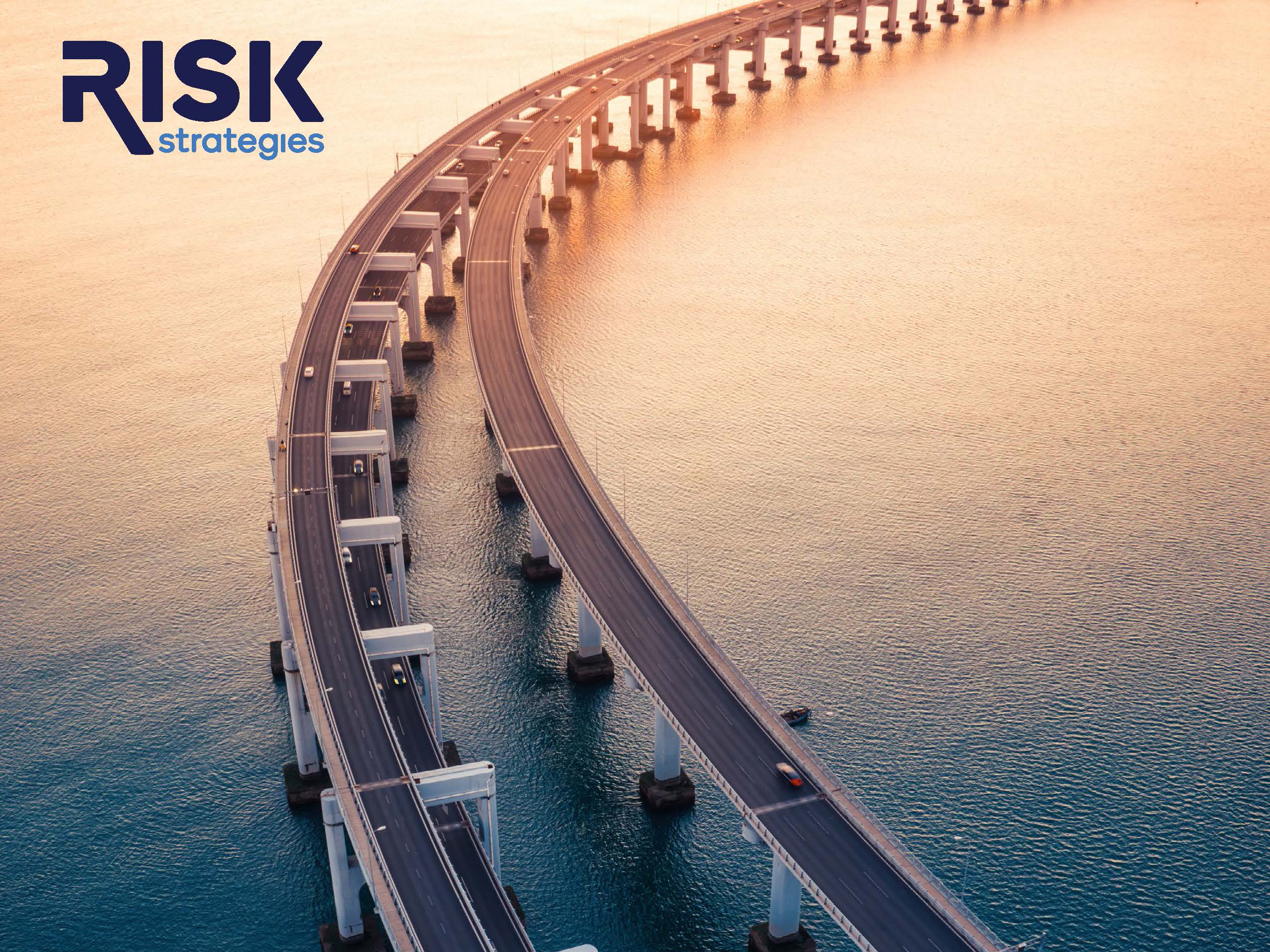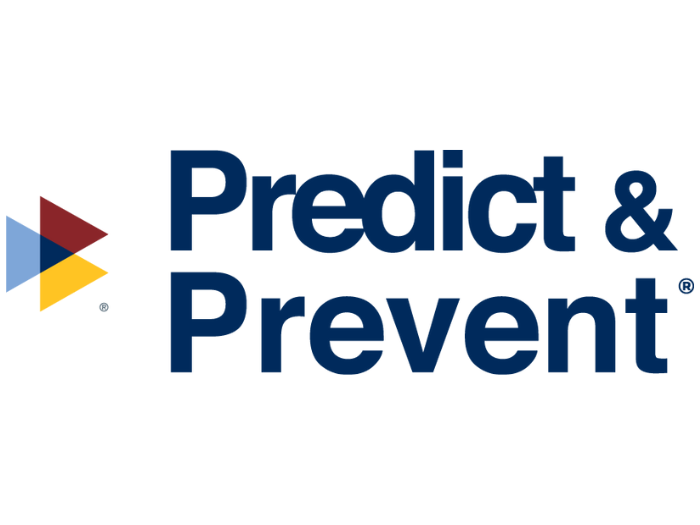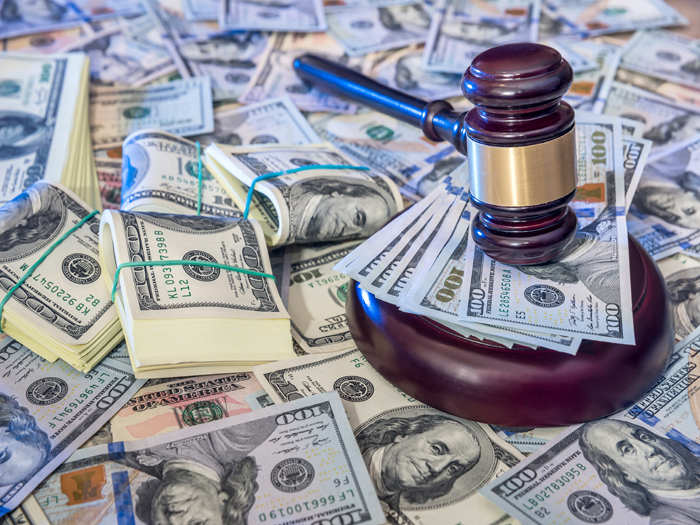Strategic Boards Should Have a Look at Captives for Managing Personal Reputation Risk

We like to talk about a captive as a profit center because it makes the captive’s owners look smart. Operational risk managed well reflects favorably on CFOs and their team. Strategic risk managed well, especially if it makes a board look smart, goes further.
Besides reflecting well on the entire C-suite, the accolades will provide risk managers, brokers, captive managers, and just about everyone else in a firm’s risk management apparatus with something of a halo effect. As board members come to terms with their heightened personal exposures to reputation risk, accolades are the first of the many benefits risk managers can accrue from protecting them with a captive tweaked through parametric technology.
Over the years, most directors have heard from older colleagues about the rough days in the mid 1980’s when cultural changes made it possible to argue successfully in a court of law that board members were plausibly liable to investors for sudden falls in corporate share prices.
It is said that directors faced unmanageable, ungovernable, and unpredictable liability—the ideal mix of risks that insurance was designed to mitigate. But D&O liability risk had a bad odor about it. It allegedly was loaded with moral hazard, telegraphed moral turpitude, and was expensive. Board members didn’t want D&O insurance, companies didn’t buy it, and carriers didn’t build capacity. Until directors suddenly wanted it, and then there wasn’t enough to go around.
For most directors today, those horror stories are ancient lore. A sequel, however, is stirring up fears among board members of personal losses that have lain dormant for 40 years. Now as then, limited insurance capacity will frustrate many.
ESG issues have morphed quickly from strategic reputation assets into strategic reputation liabilities. Board members are suddenly exposed to perils not covered by D&O liability insurance.
Among the many volatile ESG issues that may soon envelope companies, #metoo writ large is a standout concern. Long smoldering, the gender dynamics of the most recent election were intensified by contentious debates over reproductive rights and their disproportionate impact on women. These, along with the blanketing of anti-trans advertisements and one candidate’s explicit embrace of hypermasculinity, ran headlong into the ESG and DEI values The Business Roundtable of top corporate CEOs pledged to advance.
Crises from stakeholder actions such as boycotts, work stoppages, enforcement, social license denial, and shareholder share dumping will likely trigger share price drops and claims for damages that will be resolved in a court of law and covered by D&O liability insurance. They will also likely trigger going forward reputation damage for which board members will be held culpable in the court of public opinion. According to PwC, most younger directors believe, these potential corporate reputation crises will also impact “their personal brand.”
Here’s why. Investors this year made it clear that they want firms to punish management for damaging a firm’s reputation. They are also happy to penalize directors over issues on other boards with other companies. These “threats”—what institutional investors call good asset stewardship—feed into the anxieties board members have already been feeling at being asked to be more active in oversight.
It turns out that the “nose in, hands out” philosophy that created an inviolate wall between governance and management has fallen. In the face of a chaotic business environment, including political governance by tweet, business governance experts are encouraging board members to “lean in” and cross the Rubicon. Never mind the risk of appearing to micromanage.
Thousands of executives overseeing public firms are now just one reputation crisis away from losing all their board seats as well as future business opportunities. There is even talk about compensation clawbacks. Board members need personal reputation insurance.
Not all risk management teams have been caught by surprise by this emerging risk. In the earliest days of ESG, when reputation risk first became a corporate concern in the mid-2000’s and the Economist crowned reputation as the “risk of risks,” a few prescient risk managers started insuring their firms for reputation risk through their captives. Some also reinsured themselves in the market, but low demand constrained capacity. One factor working against the wider adoption of reputation insurance was the same moral hazard concern that once impaired the uptake of D&O liability insurance.
Now that reputation risk threatens corporate governance, things look differently. There is call for hazard duty pay for board leaders and, because that may be insufficient compensation, reputation insurance too.
With a little help from parametric technology, risk managers can tweak their captive quickly to cover reputation risk. A captive offering reputation covers can make a board look smart, operate profitably, and boost stock price all while positioning the solution strategically as “resilience insurance.”
Risk managers who act quickly may be able to secure limited parametric reputation risk reinsurance. All risk managers driving this strategic transformation have a chance to bask in the accolades of a grateful board. &










